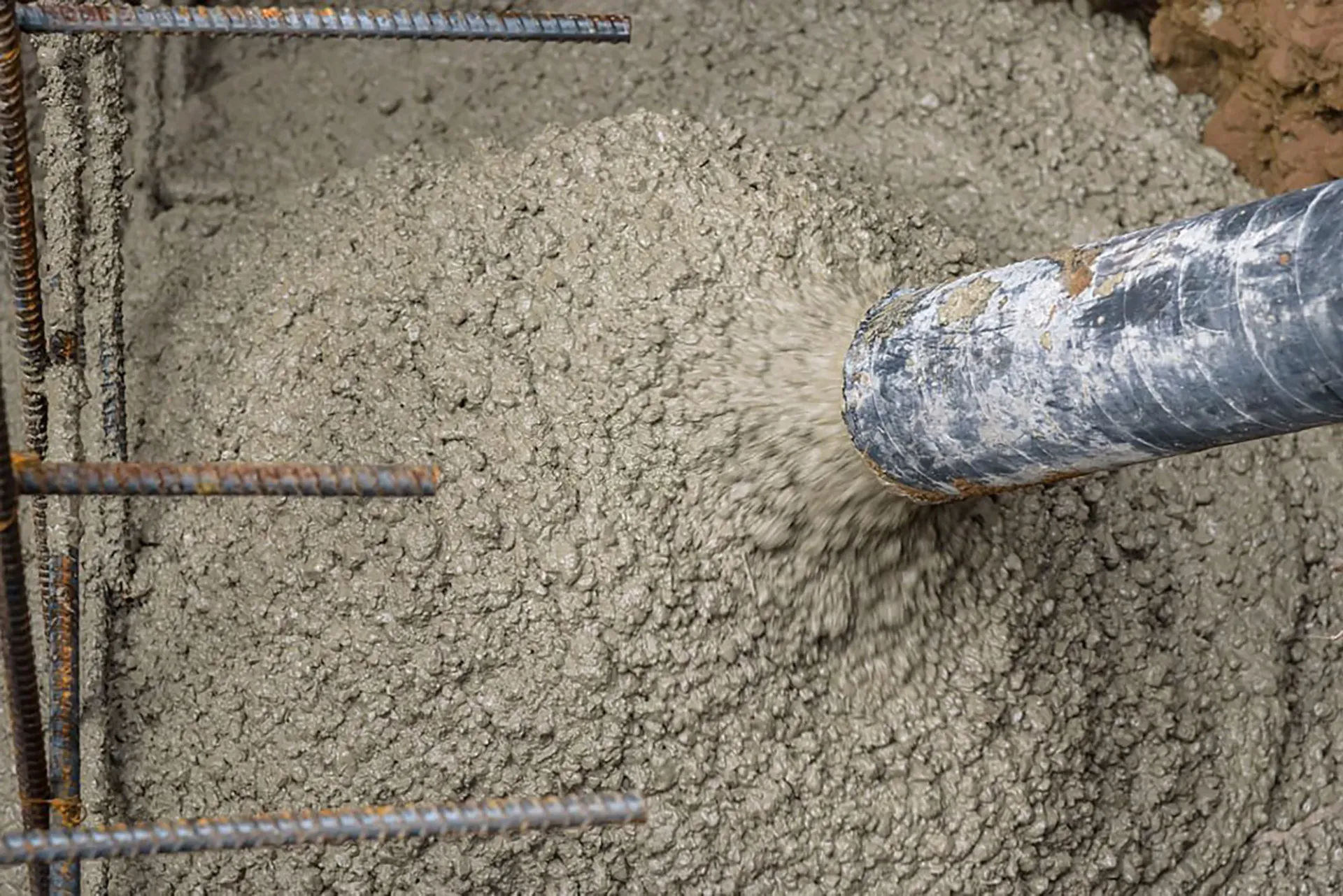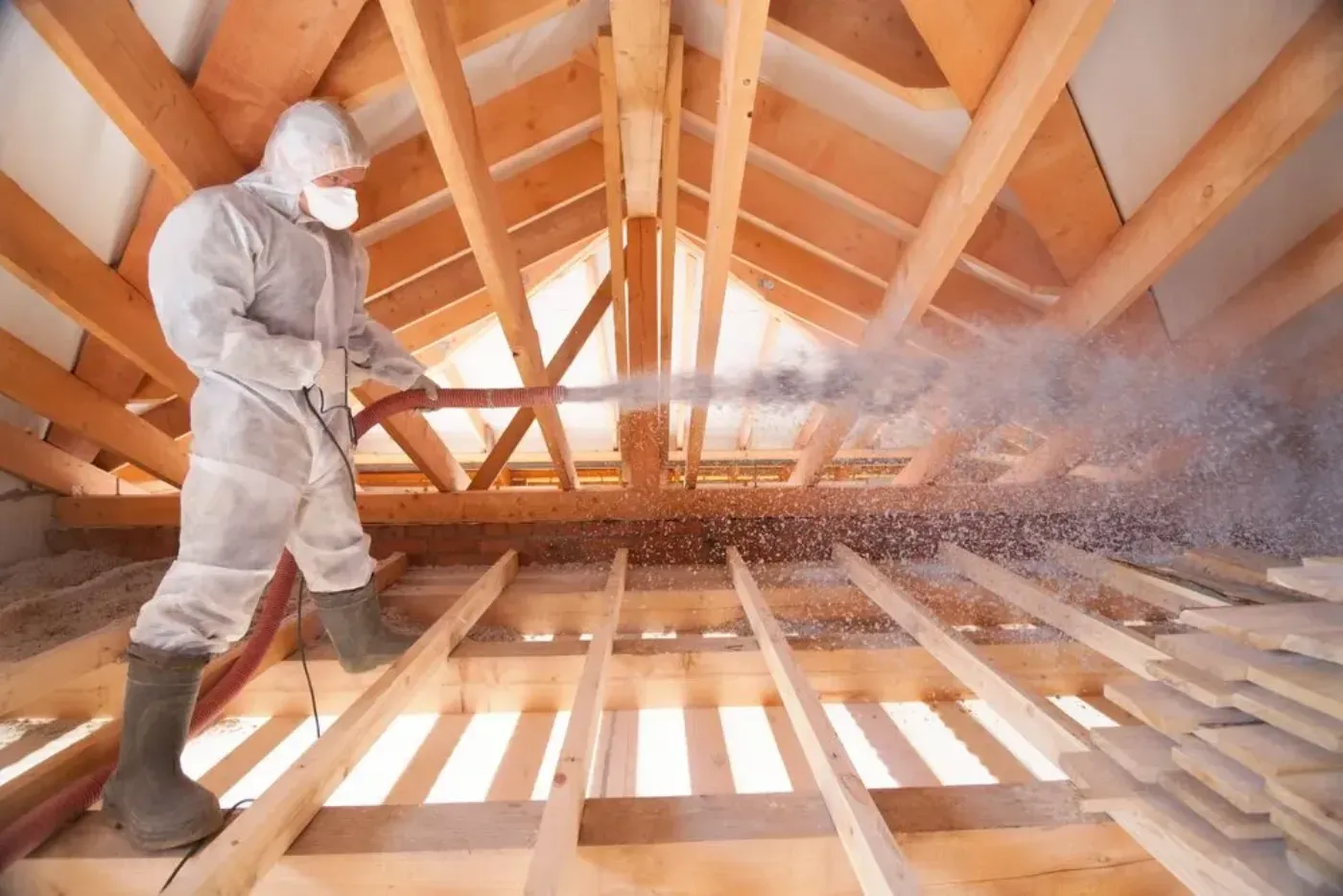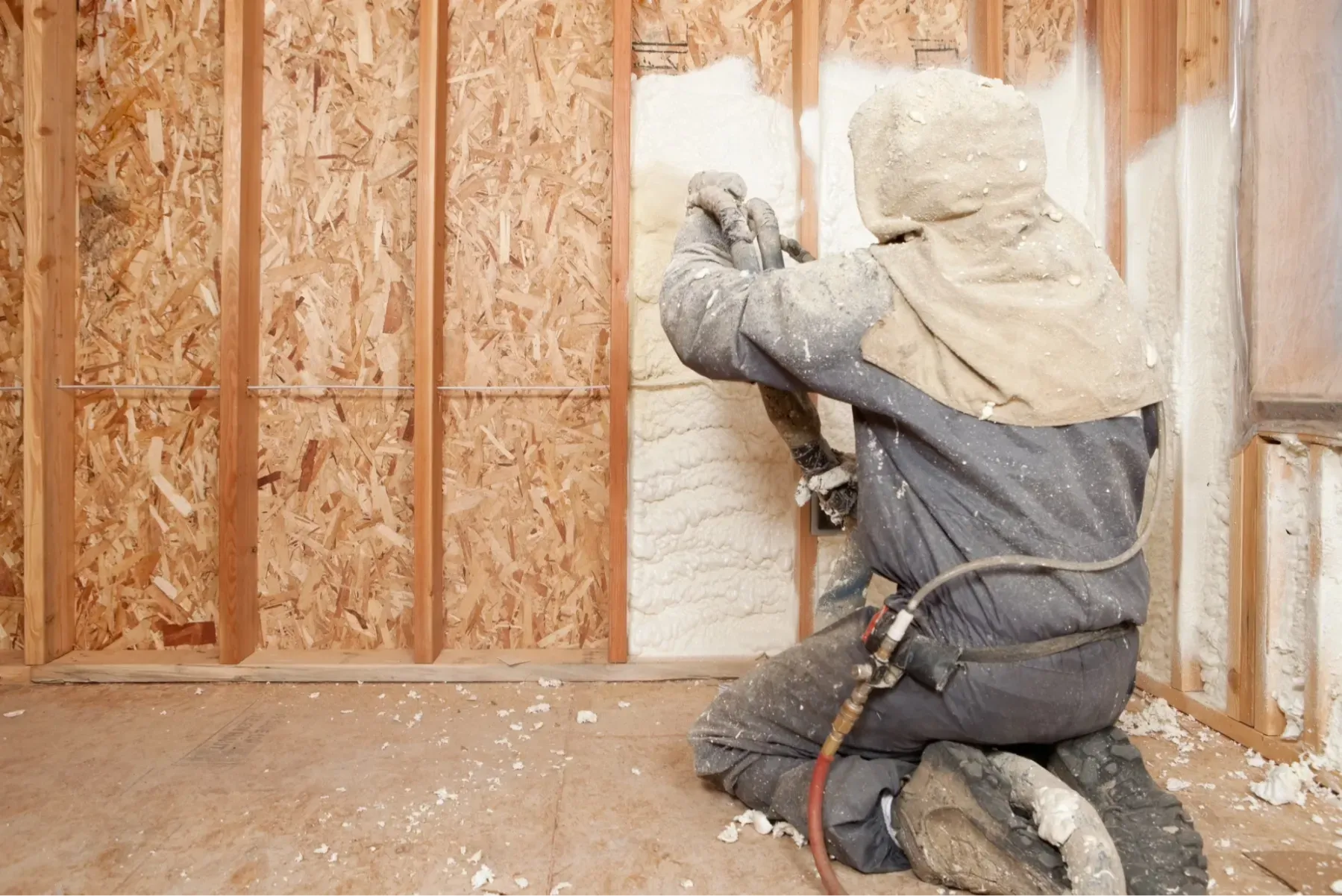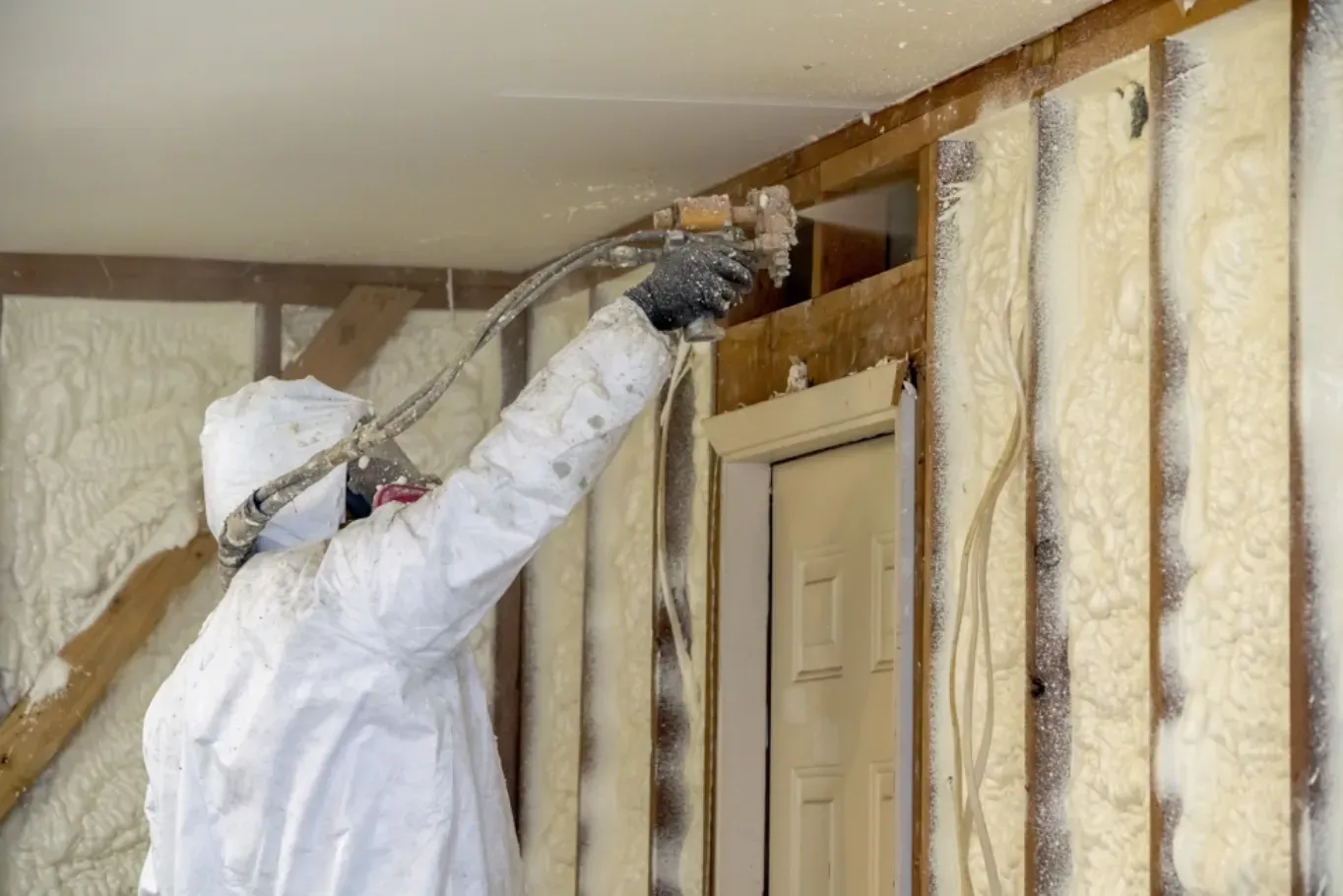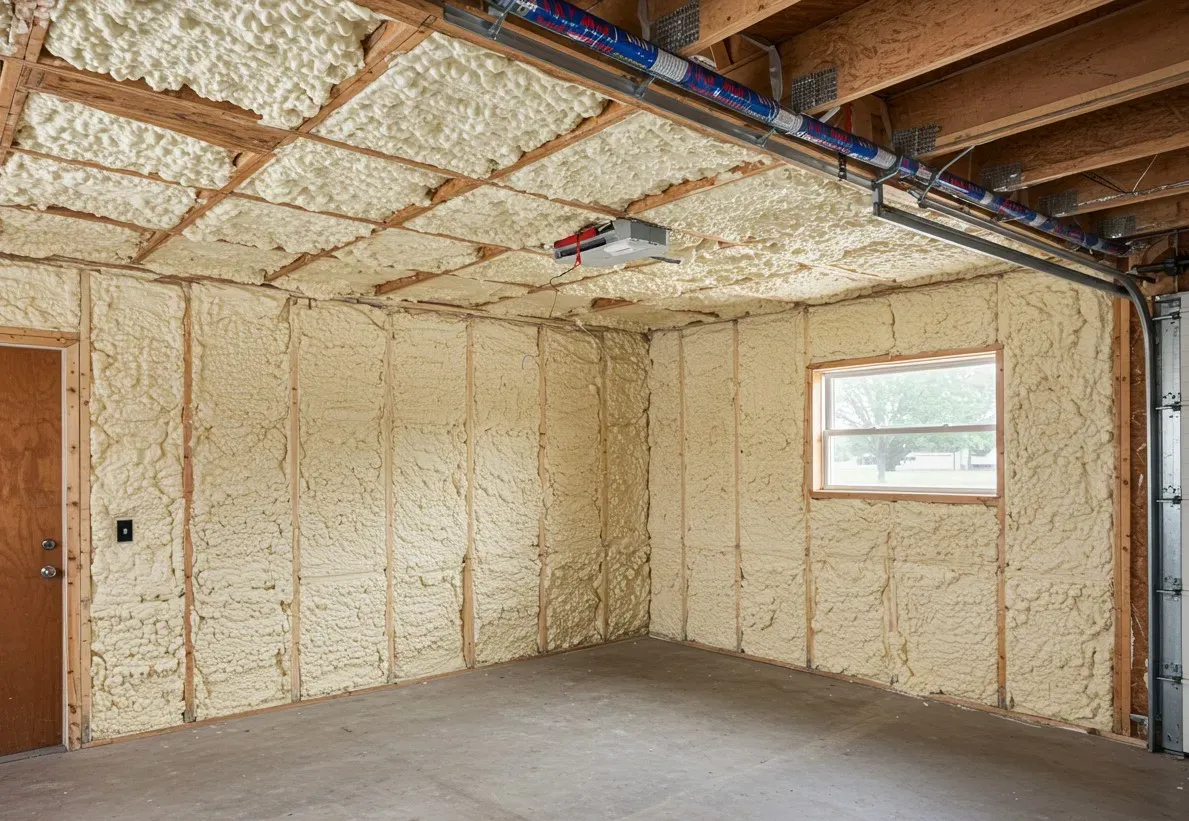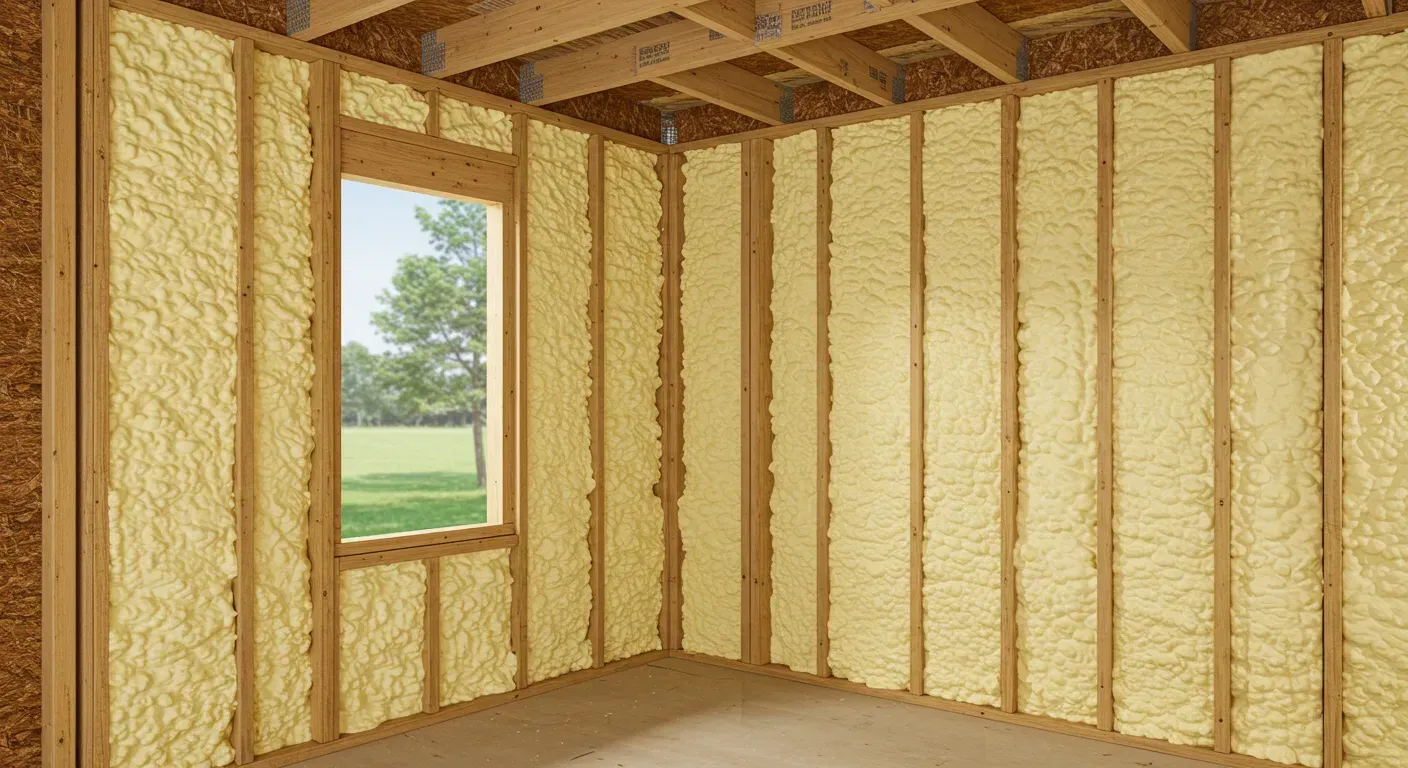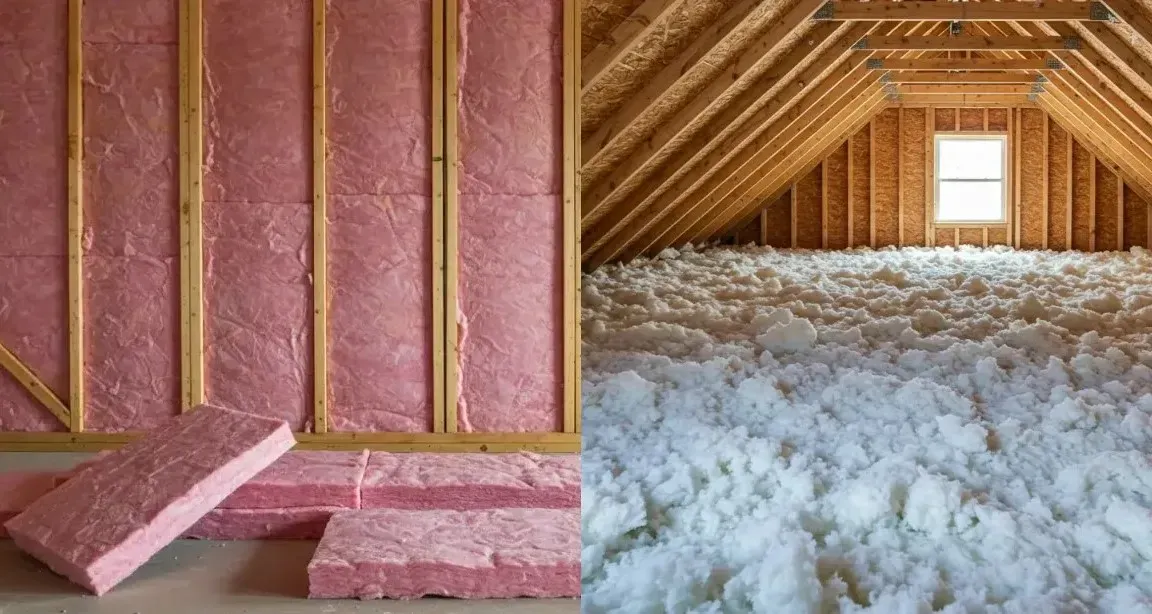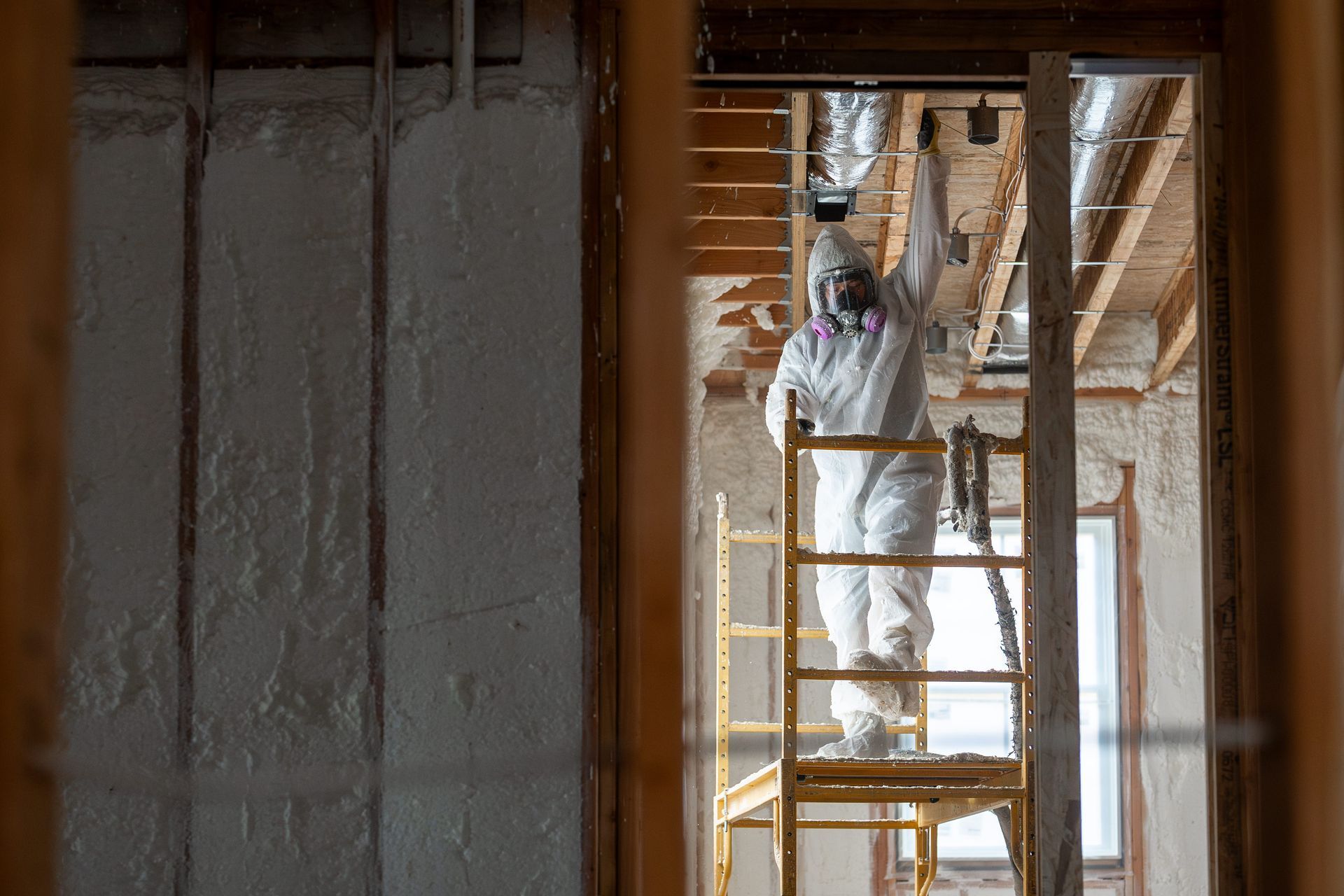How Professional Spray Foam Insulation Enhances Energy Efficiency
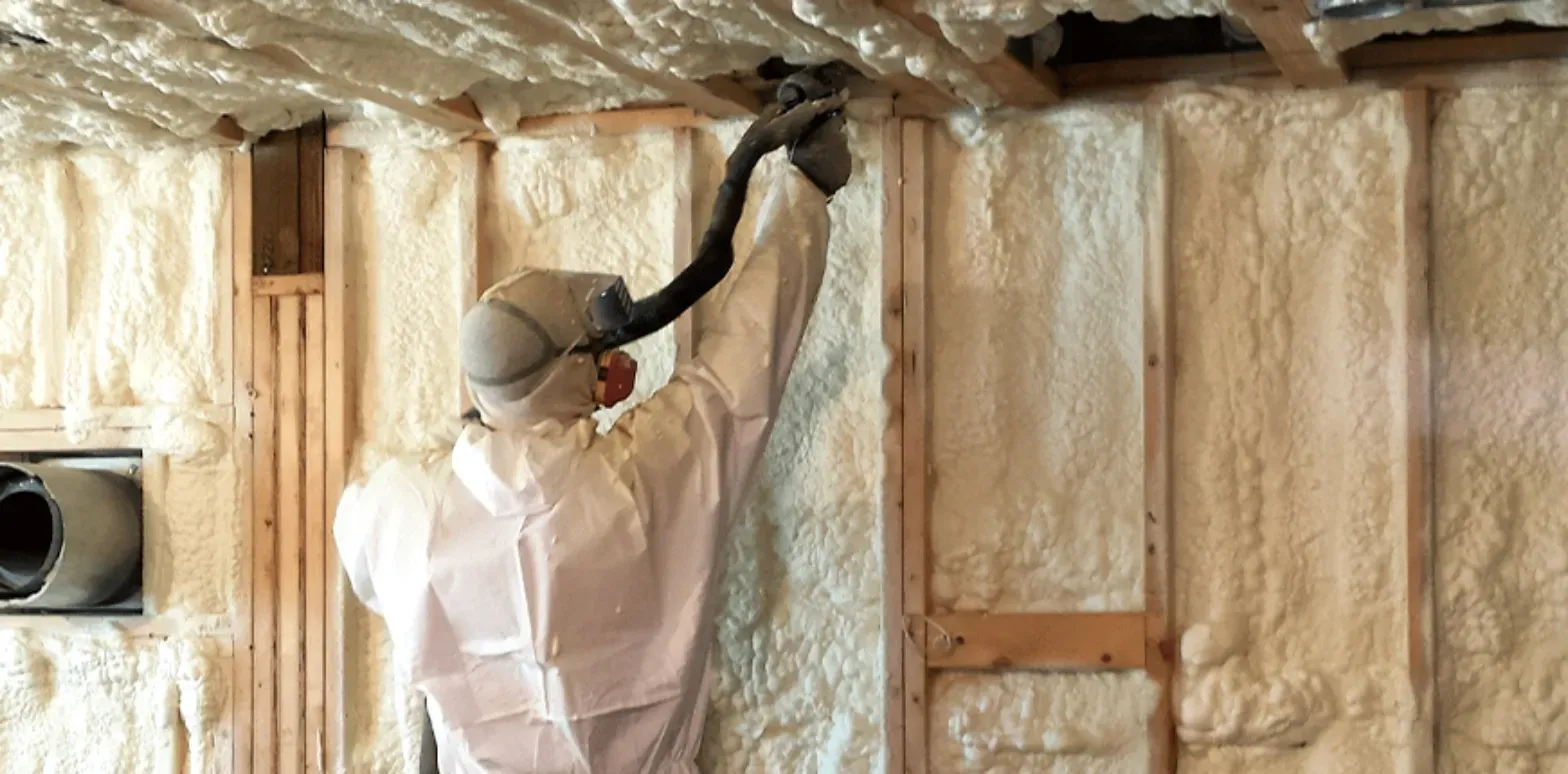
Introduction
Energy efficiency is a priority for homeowners and businesses looking to reduce utility costs and improve indoor comfort. Professional spray foam insulation is a highly effective solution that minimizes energy loss, strengthens building structures, and enhances indoor air quality. Understanding how spray foam insulation works and why it outperforms traditional insulation methods helps property owners make informed decisions about their insulation needs.
How Spray Foam Insulation Works
Spray foam insulation is applied as a liquid that expands into a dense, airtight barrier. It seals gaps, cracks, and other areas where air may escape, significantly reducing heat transfer. Unlike traditional materials like fiberglass or cellulose, spray foam adheres to surfaces, preventing air infiltration and moisture accumulation.
Open-Cell vs. Closed-Cell Spray Foam
There are two primary types of spray foam insulation:
- Open-cell spray foam: A softer, more flexible insulation that allows for some air movement while still providing significant thermal resistance. It is often used for interior applications where soundproofing is also a consideration.
- Closed-cell spray foam: A denser material with a higher R-value (thermal resistance). It offers greater structural reinforcement, moisture resistance, and energy efficiency, making it ideal for exterior walls and roofing.
Energy Savings Through Air Sealing
Air leaks are a major cause of energy waste in buildings. Gaps around windows, doors, electrical outlets, and ductwork contribute to fluctuating indoor temperatures and higher energy consumption. Spray foam insulation creates an airtight seal, reducing energy loss and improving HVAC efficiency. This leads to lower heating and cooling costs and a more consistent indoor climate.
Reducing Thermal Bridging
Thermal bridging occurs when heat transfers through materials that are poor insulators, such as wood or metal framing. Spray foam insulation reduces this effect by covering framing elements, improving overall thermal performance and preventing heat loss in winter and heat gain in summer.
Moisture Control and Mold Prevention
Excess moisture in a building can lead to mold growth, structural damage, and health risks. Spray foam insulation acts as a moisture barrier, preventing condensation buildup and reducing the risk of mold. This is particularly beneficial in humid climates where moisture control is essential for maintaining indoor air quality and preventing costly repairs.
Long-Term Durability and Performance
Unlike traditional insulation materials that may settle, degrade, or require replacement over time, spray foam insulation maintains its effectiveness for decades. Its resistance to moisture, pests, and environmental changes ensures that buildings remain well-insulated with minimal maintenance.
Structural Reinforcement
Closed-cell spray foam adds rigidity to walls and roofs, enhancing structural integrity. This reinforcement is particularly valuable in areas prone to high winds, hurricanes, or seismic activity, where additional strength can improve a building’s resilience.
Environmental Impact and Sustainability
Energy-efficient buildings contribute to reduced carbon emissions and lower environmental impact. By improving thermal efficiency and reducing energy consumption, spray foam insulation supports sustainability initiatives and helps property owners lower their carbon footprint.
Compatibility with Renewable Energy Systems
Buildings with high energy efficiency are better suited for renewable energy systems such as solar panels. By minimizing energy waste, spray foam insulation allows homeowners to maximize the benefits of alternative energy sources.
Choosing the Right Professional Installation Service
Proper installation is essential for maximizing the benefits of spray foam insulation. Certified professionals assess the specific needs of a building, ensuring that insulation is applied correctly and safely. Hiring an experienced team guarantees optimal performance and compliance with industry standards.
Get Expert Insulation Solutions
For reliable spray foam insulation services, contact On the Mark Spray Foam at (813) 921-0444 or email info@onthemarksprayfoam.net. Our team provides expert assessments and professional installation to help you improve your building’s energy efficiency.
Frequently Asked Questions
1. How much can spray foam insulation reduce energy costs?
Savings vary depending on factors such as building size and existing insulation. Many homeowners see reductions of 20-50% in heating and cooling expenses.
2. Is spray foam insulation safe for indoor use?
Yes, when installed correctly by professionals, spray foam insulation is safe. Proper ventilation is required during installation to ensure safety.
3. How long does spray foam insulation last?
Spray foam insulation can last for decades without losing its effectiveness. Unlike fiberglass, it does not settle or degrade over time.
4. Does spray foam insulation help with soundproofing?
Yes, open-cell spray foam is particularly effective at reducing airborne noise, making it ideal for interior walls and ceilings.
5. Can spray foam be applied over existing insulation?
It depends on the condition of the existing insulation. A professional assessment is recommended to determine the best approach.
6. Does spray foam insulation prevent mold growth?
Yes, it creates an air and moisture barrier that helps prevent mold and mildew.
7. What are the main differences between open-cell and closed-cell spray foam?
Open-cell is softer and better for soundproofing, while closed-cell is denser, more rigid, and provides a higher R-value.
8. How long does it take to install spray foam insulation?
Most projects can be completed within a day or two, depending on the building size and application area.
9. Is spray foam insulation environmentally friendly?
Yes, it reduces energy consumption and carbon emissions, contributing to sustainability.
10. How do I know if my home needs spray foam insulation?
Signs include high energy bills, uneven indoor temperatures, drafts, and existing insulation that is old or ineffective. A professional evaluation can provide definitive answers.
